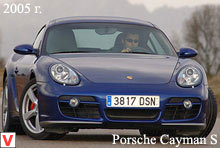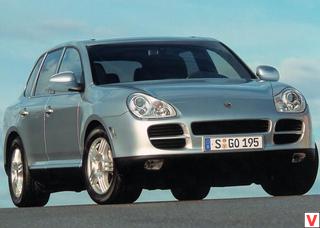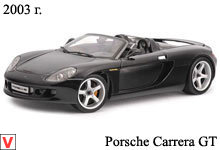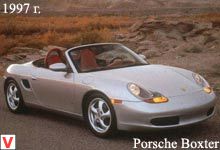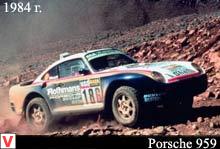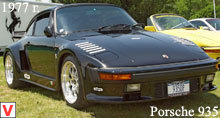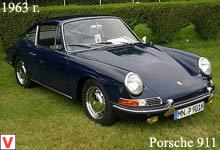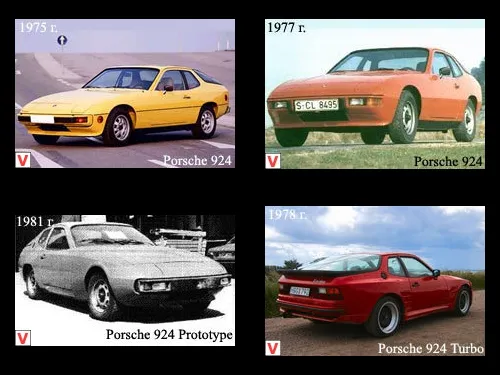
The oil crisis in the mid-70s seriously “hit” on the automotive industry. Porsche solved its problems in its own way. Despite the great success of the 911 model, the company still had to decide on a new design that would meet modern technical requirements and the environment as a whole.
It was possible to create a budget model (one and a half times cheaper than the base model 911), and not on the basis of the 911, but completely new, from scratch. So in 1975, the Porsche 924 appeared, the first car in the history of the company of practically traditional design. The transaxle concept was developed, in which the engine was located in front, and the gearbox in the same package with the main pair was at the back. Four-cylinder two-liter power unit with 125 hp He gave a car with quite a different dynamics to a car with a completely different body.
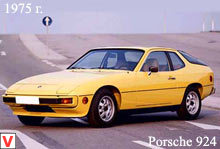
Even the headlights - and those were hidden in the body for less resistance. At that time it was a fairly advanced unit. Along with the water cooling so uncharacteristic for Porsche, it contained distributed fuel injection and an upper camshaft driven by a toothed belt. But the most interesting thing is that the engine was not a Porshev development.
It was borrowed from Audi, or rather, from the concern Volkswagen. Moreover, the Porsche 924 was launched at the former NSU factory in Neckarsulma, which was then owned by Audi, and later was transferred to VW. Another interesting non-standard for the Porsche engine was the gearbox. The power unit was moved forward, and with it they didn’t dare to do this, considering that the close to ideal weight distribution (approximately 52:48) is more priority than the best manufacturability in production. As a result, the four-step “mechanics” (“automatic” at that time was offered only at extra charge) was interlocked with the gearbox (the drive traditionally remained rear).
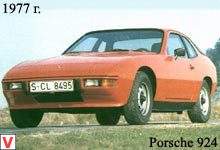
In this case, a long 20-mm drive shaft for greater stiffness enclosed in a pipe connecting both units. Suspension then also thoroughly shook up. A new multi-link scheme with traditional Porsche torsions as elastic elements appeared behind. But in front of the engineers again moved away from the usual design, using uncharacteristic springs for themselves. In 1977, in honor of the victory in the World Championship in groups 5 and 6, a special series of cars “Martini Edition” was released, they were painted only in white and had a richer finish. In 1978, a modification of the 924 Turbo with 170 “horses”, all disc brakes and many other improvements was presented to the audience.
By all measures, this model was considered the most economical in the world among sports cars. On January 1, 1981, an American of German descent, Peter W. Schutz, was elected executive director of the company. The new aggressive policy implied the continuation of the 911 line and the return of Porsche to Le Mans.
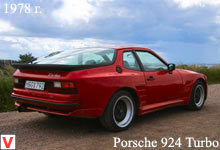
As a result - the seventh place won on the original Porsche 924 Prototype, equipped with a 4-cylinder turbo engine with balance shafts. Two weeks later, the 2.5-liter Porsche 944 model was announced. It already had a history of sports victories! For its last year of production, the 924 Turbo received a modified suspension and steering system from the 944. In 1982, the 100,000th 924 was released, thus fulfilling the agreement with the VW-Audi of 1975. Model 944 is put into production, it is also assembled at the plant in the town of Neckarsulm, however, the engines are supplied from Zuffenhausen.
After the termination of the release of the modification Turbo, the 924 model received a salon from 944, a polyurethane rear spoiler and additional noise insulation. Production volumes increased, profits increased. In 1984, the 924 model received a windshield washer nozzle with heaters and the glass itself with varying degrees of tinting. To strengthen its position in the United States, Porsche opens a subsidiary of Porsche Cars North America (PCNA) in the city of Reno with 96% of its capital. The 944 Turbo, not yet announced, won the 24-hour Nelson Legend race at Ohio with a convincing advantage of 42 laps!
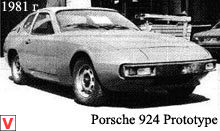
In February 1985, the 944 Turbo model was presented, which had the same dynamics as the legendary 911. The engine output was 220 hp, which is only 11 hp. less than 911. In July, the last 924 was released with a 125-horsepower 2-liter engine, the total production amounted to 137,500 units. From the 1986 model year, the 924S version was launched with a 2.5 liter engine producing 150 hp. (similar with 944). The interior has undergone only minor changes, but the original instruments with yellow VW inscriptions have been preserved.
The front and rear suspension 924S used aluminum levers from the new modification 944. The 944 model itself was continuously improved, many components were borrowed from the 944 Turbo, the instrument panel was made in the 928 style, a new transmission mounting design, an improved engine lubrication system, a larger fuel tank and a quieter starter were used. The design of the 924th turned out to be non-standard for Porsche, and so traditional against the background of the brainchild of other manufacturers. And with this, the company wanted to conquer the market !?
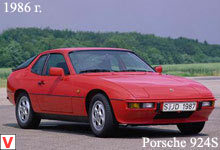
It is clear that they did not work. In the States, the more powerful 928th was being sold, which was not taken in Europe, and the 924th did not go overseas or in its homeland. For the United States, it turned out to be too weak, the Germans appreciated the 911 too much.
